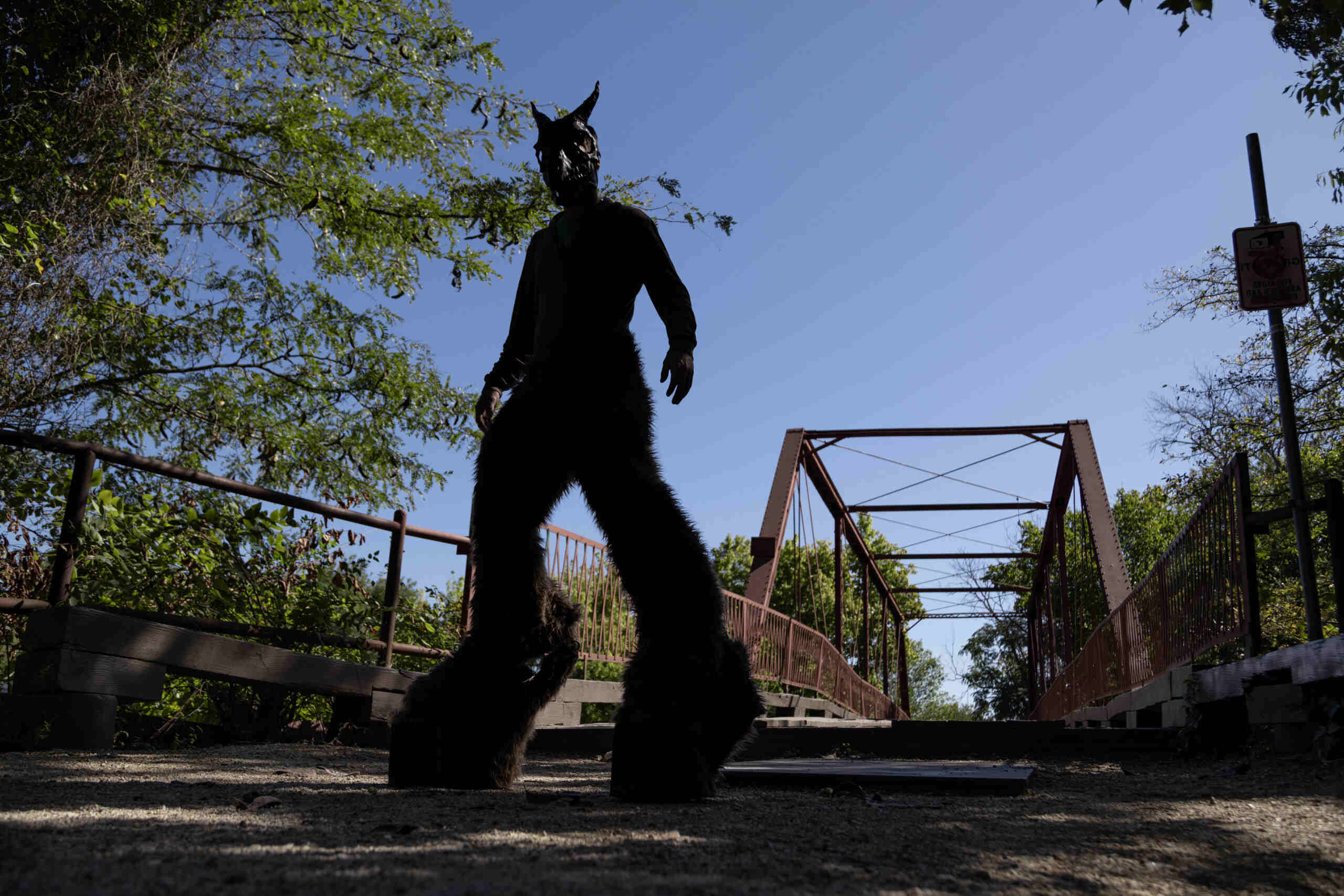
Byberry Mental Hospital, once a sprawling psychiatric facility in Philadelphia, has a history both intriguing and chilling. Established in 1907, it was initially intended to provide care for the mentally ill. However, over the decades, Byberry became infamous for overcrowding, patient abuse, and unsanitary conditions. The hospital's dark reputation grew, leading to its closure in 1990. Today, the abandoned site is a magnet for urban explorers and ghost hunters, drawn by tales of hauntings and eerie remnants of its past. This article dives into 35 compelling facts about Byberry Mental Hospital, shedding light on its complex and often disturbing history.
Key Takeaways:
- Byberry Mental Hospital, once a pioneering psychiatric facility, faced a dark history of neglect and abuse, leaving a lasting impact on mental health care and policy.
- From its humble beginnings as a work farm to its closure and demolition, Byberry's story serves as a cautionary tale about the importance of ethical and compassionate psychiatric care.
Byberry Mental Hospital: A Brief Overview
Byberry Mental Hospital, officially known as the Philadelphia State Hospital at Byberry, was a psychiatric hospital located in Philadelphia, Pennsylvania. It operated from 1907 until its closure in 1990. The hospital's history is filled with both advancements in mental health care and dark periods of neglect and abuse.
Early History and Establishment
The hospital's origins and early years set the stage for its complex history.
- Byberry Mental Hospital opened in 1907 as a small work farm for the mentally ill.
- Initially, it housed only a few dozen patients, focusing on agricultural work as therapy.
- The hospital expanded rapidly, reaching over 7,000 patients by the 1950s.
- Byberry was part of a broader movement to create state-run mental health facilities in the early 20th century.
Notable Events and Incidents
Throughout its operation, Byberry was the site of several significant events and incidents.
- In the 1940s, journalist Albert Deutsch exposed the hospital's horrific conditions in his book "The Shame of the States."
- The hospital was notorious for overcrowding, with patients often sleeping on floors due to a lack of beds.
- In 1946, a fire broke out in one of the buildings, resulting in the deaths of several patients.
- Byberry was the subject of numerous investigations and lawsuits over patient abuse and neglect.
Patient Life and Conditions
Life inside Byberry was often harsh and challenging for its residents.
- Patients were frequently subjected to physical restraints and isolation.
- Many patients received electroconvulsive therapy (ECT) without anesthesia.
- The hospital's staff-to-patient ratio was alarmingly low, leading to inadequate care.
- Malnutrition and poor hygiene were common issues among patients.
Medical Practices and Treatments
The hospital's medical practices evolved over the decades, reflecting broader trends in psychiatric care.
- Byberry initially relied heavily on manual labor as a form of therapy.
- In the 1930s, insulin shock therapy was introduced as a treatment for schizophrenia.
- Lobotomies were performed on some patients during the 1940s and 1950s.
- The introduction of antipsychotic medications in the 1950s marked a significant shift in treatment approaches.
Decline and Closure
Byberry's decline began in the latter half of the 20th century, leading to its eventual closure.
- The hospital's population began to decrease in the 1960s due to deinstitutionalization.
- By the 1980s, the facility was operating at a fraction of its peak capacity.
- In 1987, the state announced plans to close Byberry due to ongoing issues and budget constraints.
- The hospital officially closed its doors in June 1990.
Aftermath and Legacy
The closure of Byberry left a lasting impact on the community and the field of mental health care.
- Many former patients struggled to find adequate care after the hospital's closure.
- The abandoned hospital became a popular site for urban explorers and ghost hunters.
- Byberry's buildings were finally demolished in 2006, making way for new development.
- The hospital's history has been the subject of numerous books, documentaries, and articles.
Cultural and Social Impact
Byberry's story has resonated in various cultural and social contexts.
- The hospital has been featured in several horror films and TV shows.
- Byberry's history has sparked discussions about the ethics of psychiatric care.
- The hospital's legacy has influenced mental health policy and reform efforts.
- Byberry serves as a cautionary tale about the dangers of neglect and abuse in mental health institutions.
Interesting Tidbits and Lesser-Known Facts
Beyond the well-documented history, there are many intriguing and lesser-known facts about Byberry.
- The hospital had its own cemetery, where many unclaimed patients were buried.
- Byberry's grounds included a farm, a bakery, and a shoe repair shop.
- The hospital had a notorious "death tunnel" used to transport deceased patients discreetly.
- Some former staff members have reported paranormal experiences at the site.
- Byberry was once home to a patient who claimed to be the illegitimate son of a famous politician.
- The hospital's archives contain thousands of patient records, offering a glimpse into its history.
- Byberry's story continues to be a topic of interest for historians, mental health professionals, and the general public.
Final Glimpse at Byberry Mental Hospital
Byberry Mental Hospital's history is a mix of eerie tales and harsh realities. Opened in 1907, it became infamous for overcrowding and poor conditions. Patients often faced neglect, leading to numerous investigations and reforms. Despite efforts to improve, the hospital's reputation never fully recovered. Byberry closed in 1990, but its legacy lives on through stories and urban legends. The site, now demolished, has been replaced by a business park. Yet, the memories of Byberry's past continue to intrigue and haunt those who learn about it. This place serves as a reminder of the importance of mental health care and the need for compassion in treating vulnerable populations. Byberry's story, though dark, offers valuable lessons for the future.
Frequently Asked Questions
Was this page helpful?
Our commitment to delivering trustworthy and engaging content is at the heart of what we do. Each fact on our site is contributed by real users like you, bringing a wealth of diverse insights and information. To ensure the highest standards of accuracy and reliability, our dedicated editors meticulously review each submission. This process guarantees that the facts we share are not only fascinating but also credible. Trust in our commitment to quality and authenticity as you explore and learn with us.


